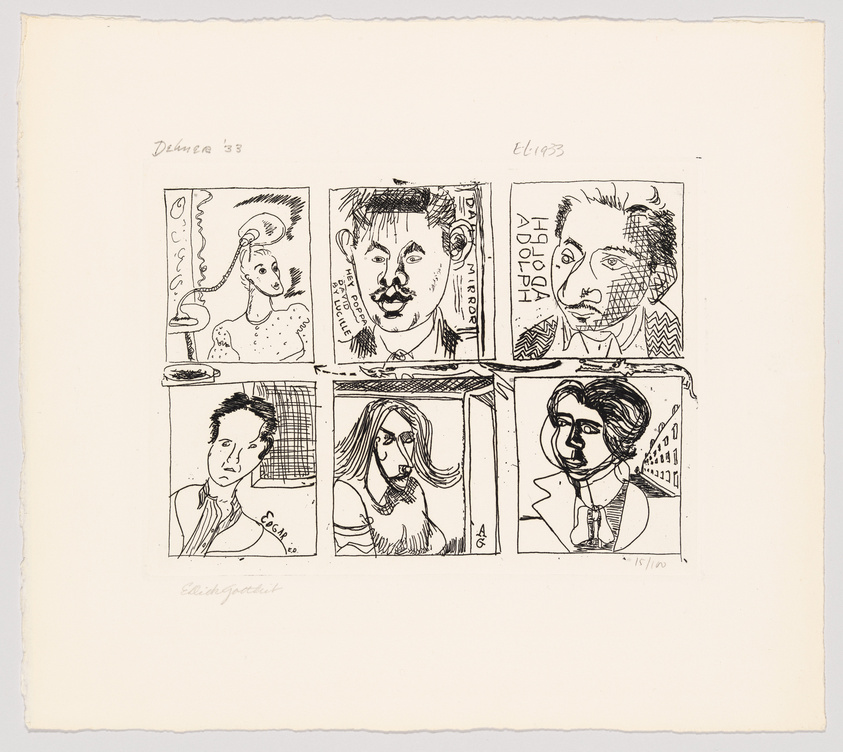0:00
David Smith, Cubi XXI, 1964
0:00
Narrator: In Cubi XXI, a diagonal pole leans against a kind of brace. This echoes classical marble sculpture, which often requires a support element to hold the work upright. By mimicking that structure in welded steel, Smith was making a kind of joke—marble is a relatively soft material, and steel is anything but. Antiquity was on Smith’s mind when he made all of the Cubi—the series title is a Latinized word for “cube” that he made up. But here again Smith points to the sculptural tradition in order to alter it from within. Michael Brenson.
Michael Brenson: The Cubis are unusual in a number of ways, one of which that the parts are fabricated.
They do come, to some degree, out of found objects. I know that he had these brandy boxes in his basement, or brandy boxes also lined up on the windowsill of the house. Then these brandy boxes became the boxes for the form on which the Cubi were based. Which is a way of saying, too, that in Smith everything is personal. Everything, even if it's not evident, really everything has some very personal connection to his everyday life.
And the second is that Smith didn't always do the welding on these. There is maybe more of an industrial conversation here or conversation going on with industrial processing, with assembly line products.
Narrator: Smith made all of the Cubi between 1961 and 1965—a time when younger sculptors often used industrial fabrication. The Cubi may respond to those works. But if so, Smith didn’t idealize the assembly line—as the Minimalist Donald Judd did when he said that a composition should simply present “one thing after another.” On the contrary, the Cubi demonstrate that Smith could create personal meaning even in unlikely circumstances.
